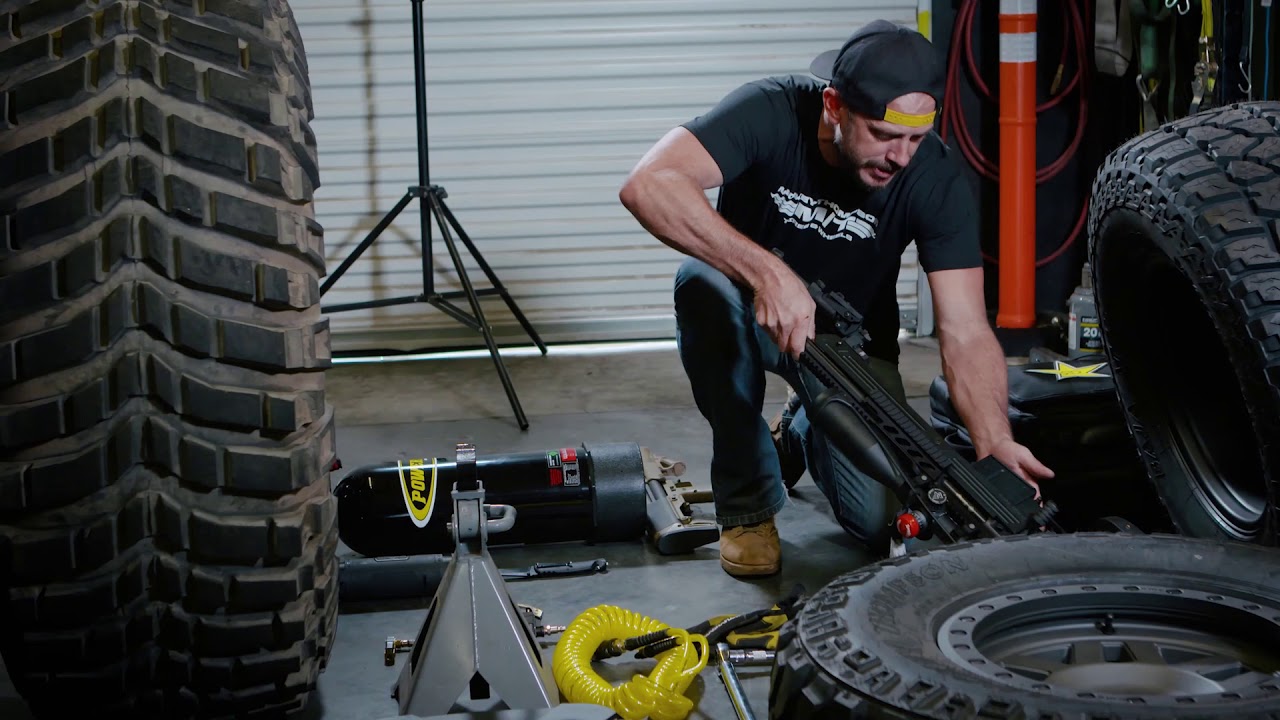
Garage Doors and Parts – Garage Gridlock isn’t just about cars stuck in cluttered spaces. It’s a growing issue faced by homeowners who unknowingly turn their garages into chaotic tool dumps. What starts as practical storage often evolves into a gridlock of unused hammers, mismatched screwdrivers, broken power tools, and tangled extension cords. The average household owns far more tools than they realistically use. This overload not only wastes space but also reduces the efficiency and safety of your garage. Many homeowners don’t realize that their productivity is being blocked not by lack of space, but by tool redundancy.
Over the years, tools pile up from old DIY projects, home improvement sales, or gifts. People buy similar items repeatedly because they can’t find the original. Eventually, drawers overflow with bits, screws, nails, wrenches, and measuring tapes. Hooks bend under the weight of rusted shovels and retired drills. Cabinets become tombs for gadgets with missing parts. The more tools you own, the harder it is to stay organized. Duplicate items create confusion. Someone might search for a tool, not find it, then buy a new one only to discover the old one later buried under clutter. Projects slow down as users waste time digging through boxes and shelves. Tools that are never used take up space that could be assigned to important items. Efficiency gets sacrificed. Time is lost. Energy is drained.
“Read about: Modular Systems: The Future of Custom Garage Organization”
Tool accumulation often connects to the false sense of readiness. People feel more prepared with a full arsenal. However, excess creates decision fatigue. When a workspace feels chaotic, it reduces focus and motivation. Studies show that visual clutter triggers stress. A disorganized garage silently tells the brain, “You have too much to do.” Tool hoarding also masks insecurity. Individuals may fear letting go of things that might be useful “someday.” But that day rarely comes. Instead, every square inch becomes occupied. Creativity suffers. Momentum is stalled. Satisfaction drops.
The garage doesn’t serve as a warehouse. Use it to support daily activities like parking, storage, repairs, or hobbies. When tool overload disrupts that purpose, reassess your setup. Treat the garage as an extension of your home not as a dumping ground. Assign clear roles to each zone: hang tools on the wall, label bins on shelves, and reserve a clean surface for projects. Follow the “one-year rule.” Remove any tool you haven’t used in 12 months. Sell, donate, or recycle it. Keep tools that function well and that you use regularly. Rent or borrow equipment for rare tasks. When you define the space intentionally, everything flows better. You complete projects faster. Tools remain within reach.
Start by removing everything from the garage. Lay out all the tools and sort them. Group them by category: hand tools, power tools, garden gear, and car maintenance. Check if you own multiple versions of the same item. Keep only the best and most complete version. Toss or recycle any damaged items. Donate anything you no longer need. Use vertical storage to maximize space. Pegboards let you organize tools visibly. Hang screwdrivers and pliers on magnetic strips. Install shelving units for bins. Store rarely used items like seasonal decorations on overhead racks. Use clear plastic containers to avoid guessing. Add labels to save time. Always return items to their designated spot. Maintain a workflow that feels natural and efficient.
“Read more: Global Pediatric Health Summit 2025: Breakthroughs and Challenges in Children’s Care”
Technology improves physical organization. Homeowners log tool collections using inventory apps. They add barcodes or QR codes to bins and drawers. When someone borrows a tool, they scan it and track it. Some apps send reminders when it’s time to return or replace a tool. Smart home garage systems use wall sensors to track large items like ladders or power saws. Voice assistants list tool locations on command. These digital tools reduce loss and save time. This approach transforms a garage into a smarter, more efficient space.
Minimalism doesn’t mean owning nothing. It means owning what serves you well. Keeping a streamlined toolset improves your productivity, not limits it. Professionals often use fewer tools—but they use them better. Each item has a role, a home, and a reason. Homeowners are embracing this philosophy by holding annual garage audits. Families take one weekend per year to reassess tools and systems. Items that haven’t been touched get reevaluated. Children are taught how to use, return, and maintain tools. Respect for space becomes a shared responsibility. Pride grows when everything has its place. A garage should support your goals not block them. Efficiency starts with simplification. Progress begins with letting go of what you don’t need.
This website uses cookies.